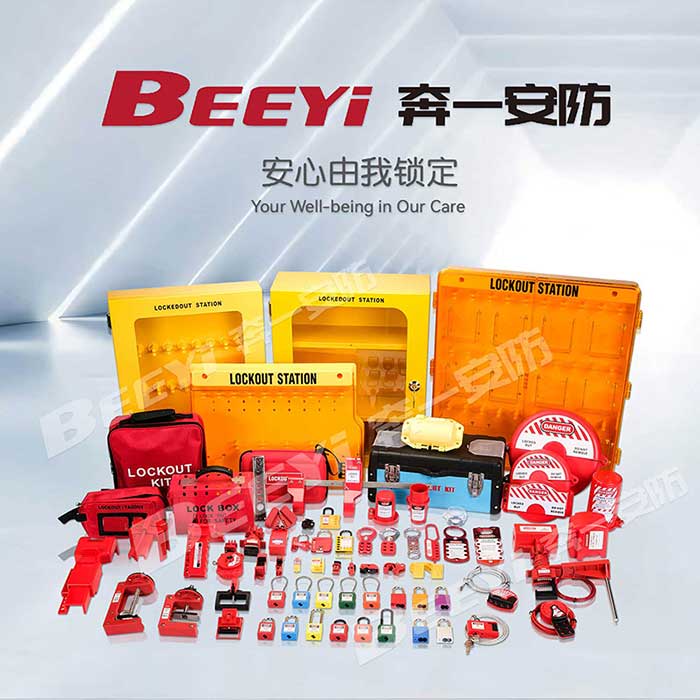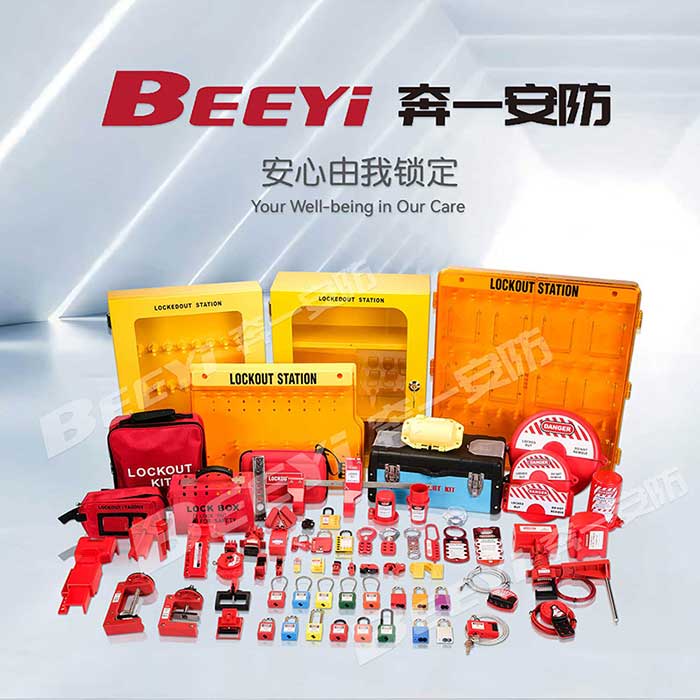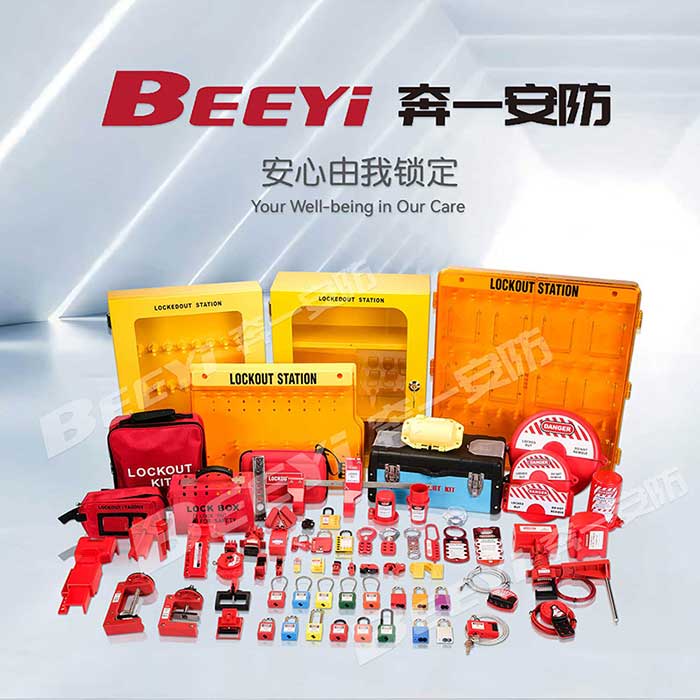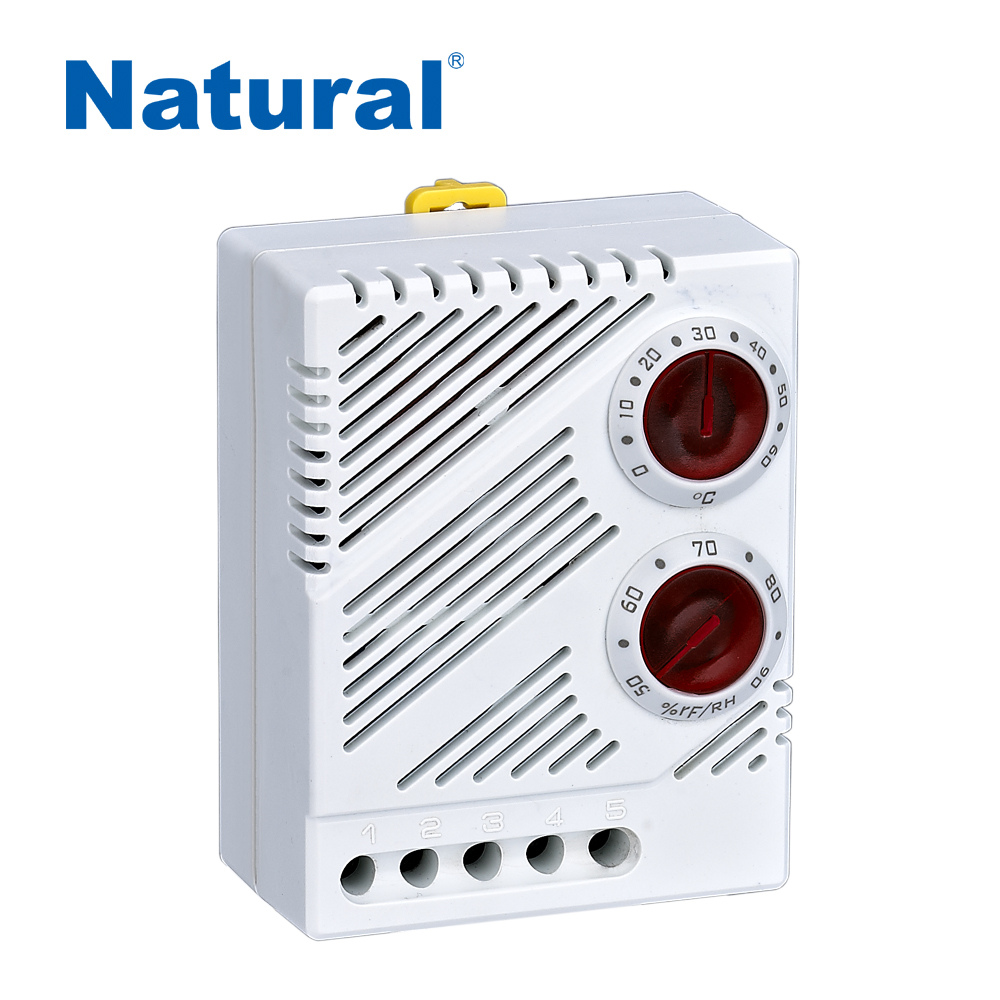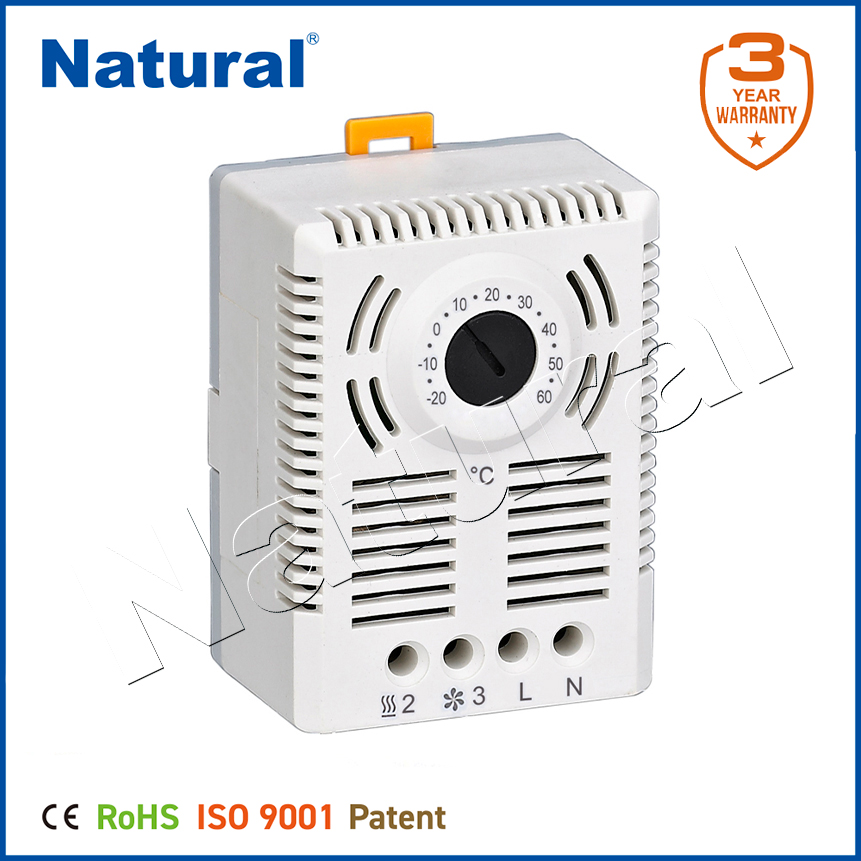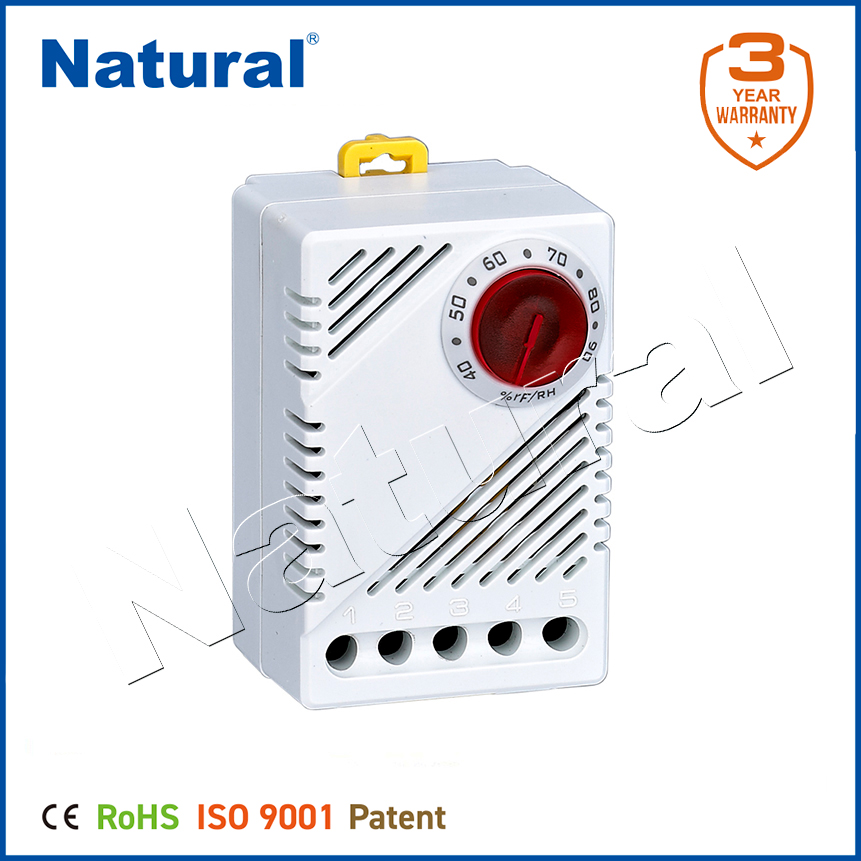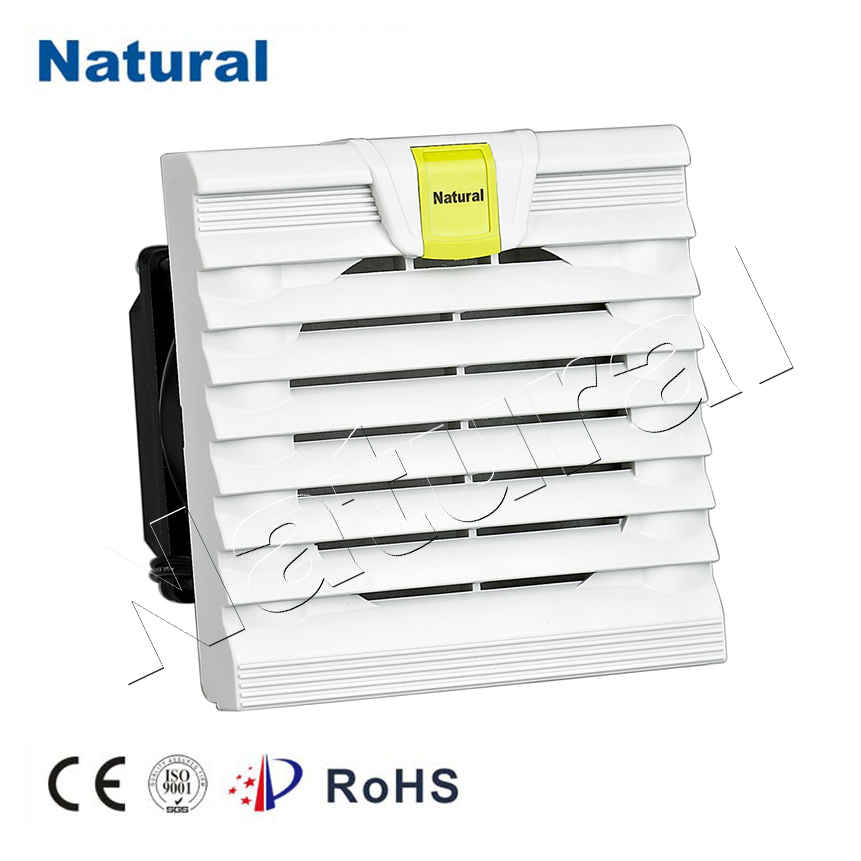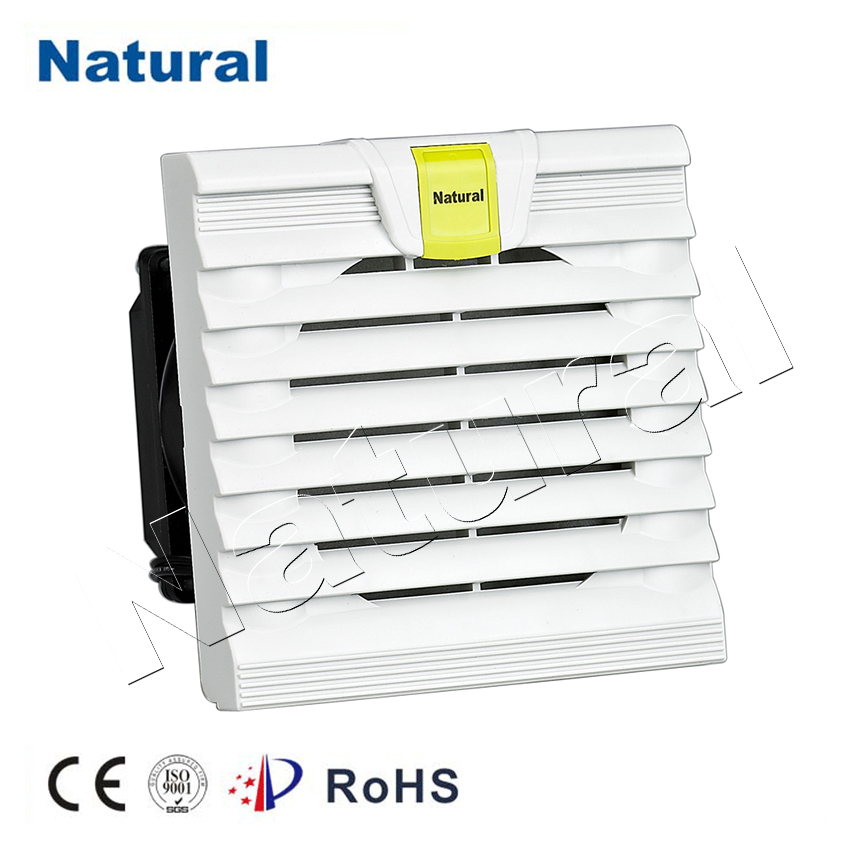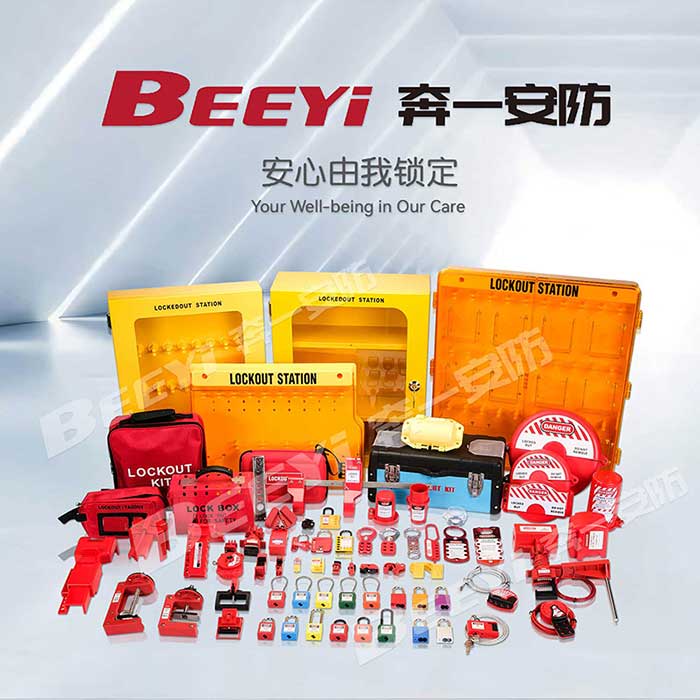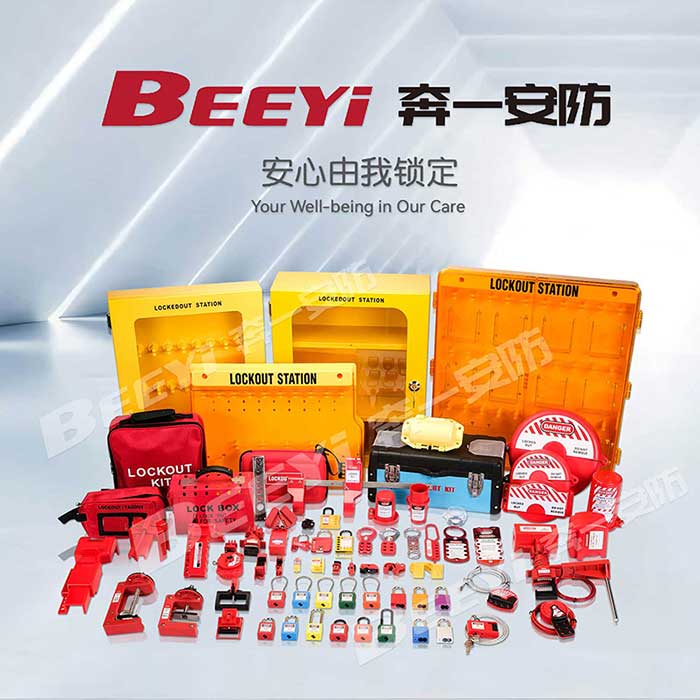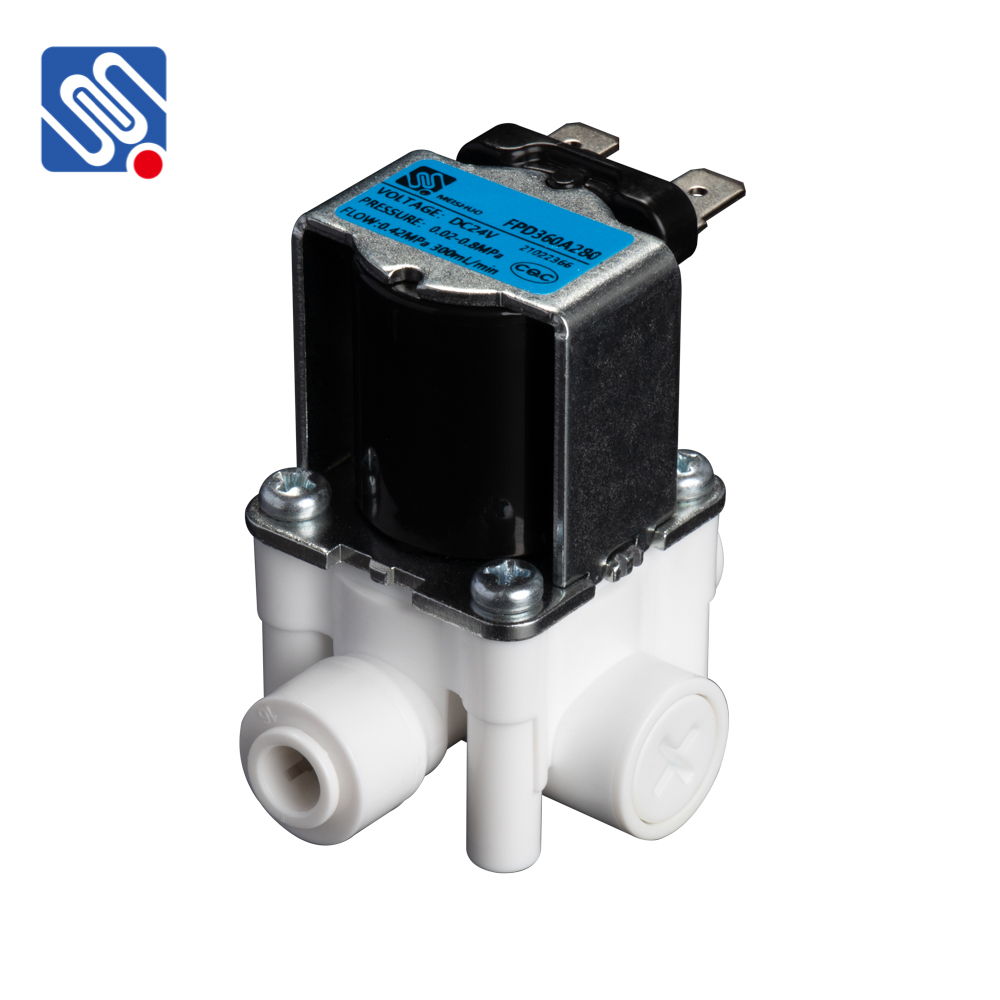In any workplace, especially those involving heavy machinery, electrical systems, and hazardous environments, ensuring the safety of employees is paramount. One of the critical tools used to safeguard workers during maintenance, repair, or operational procedures is the Safety Padlock. This simple yet effective device plays a vital role in preventing accidental start-ups or mishaps, which could otherwise result in severe injuries or even fatalities. In this article, we will explore the significance of safety padlocks, how they work, and why they are essential in modern industries.

What is a Safety Padlock? A Safety Padlock is a device used as part of a Lockout/Tagout (LOTO) procedure to secure equipment, machinery, or electrical circuits during maintenance or repair work. It is typically made of durable materials like steel or reinforced plastic and is designed to withstand wear, weather, and tampering. The lock itself is often equipped with a unique key or code, ensuring that only authorized personnel can unlock it. The padlock serves as a visual and physical barrier, indicating that a particular machine or system is under maintenance or is unsafe to operate. It prevents any unauthorized individuals from accidentally turning on a machine or piece of equipment, reducing the risk of workplace accidents.
